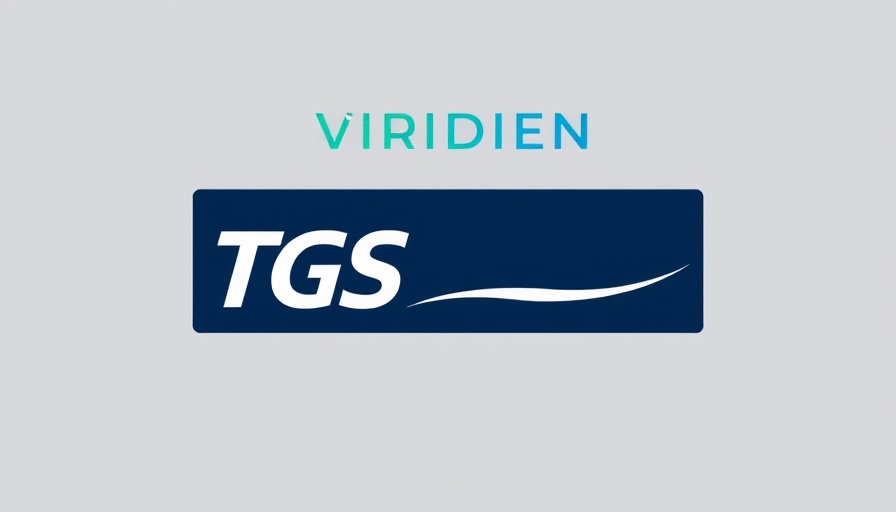
Understanding the Laconia Phase III OBN Survey
TGS, a key player in the energy data sector, has teamed up with Viridien to initiate the Laconia Phase III Ocean Bottom Node (OBN) survey in the Gulf of America. This ambitious project aims to cover around 150 Outer Continental Shelf (OCS) blocks and follows the earlier phases that demonstrated the potential of this survey method for marine resource exploration.
Technological Advances in Marine Surveys
The Laconia Phase III project utilizes cutting-edge technologies including TGS's ZXPLR nodes and the Sercel Tuned Pulse Source (TPS). These technologies enhance seismic imaging capabilities by improving how sound energy penetrates deep underwater environments. As companies combined their technical abilities, the results yield exceptional clarity and increased opportunities for exploration in the central Keathley Canyon region, a hotspot for oil and gas development.
The Implications for Future Energy Exploration
The enhanced data sourced from this survey is not just about collection but also about navigating the future landscape of energy. The Paleogene play, which this survey primarily targets, has garnered renewed interest due to recent advancements in seismic technology. As the energy industry grapples with new pressures and competition, this data could very well determine which companies succeed in the ever-evolving offshore landscape.
Financial Backing and Industry Support
Financial backing from industry partners underscores the significant investment the energy sector places on reliable data. TGS's commitment to quality allows the company to sustain its leadership in providing innovative solutions. Kristian Johansen, CEO of TGS, emphasized how the collaboration with Viridien leverages each company's strengths to deliver invaluable seismic data for stakeholders.
Geopolitical Context and Environmental Considerations
The Gulf of America is not only a rich area for offshore oil and gas but also an environment where fishing, ecological balance, and economic factors intersect. The political ramifications of resource extraction in offshore settings are substantial. Thoughts on sustainable practices must be prioritized to avoid harming marine life and habitats essential for industries such as fishing. As such, stakeholders must navigate the complexities of energy needs versus environmental responsibility.
What Lies Ahead for Laconia Project Stakeholders
The Laconia Phase III survey is expected to yield initial product deliveries by early 2026. This timeline signifies a pivotal moment for energy firms focused on optimizing their exploratory strategies and making informed investments in emerging technologies. The anticipation building around this survey sets the stage for significant developments in the Gulf of America, and stakeholders must remain vigilant about the broader implications of their activities.
Conclusion: Navigating Energy Conversations
As agencies and organizations invest in projects like the Laconia Phase III, the broader community must engage in discussions regarding the political, environmental, and economic implications of offshore surveying. Understanding these dynamics will help in fostering informed decisions that support not just energy security but also environmental integrity. Let’s remain conscious of these dialogues as they unfold within the realm of national interests and industry practices.
 Add Row
Add Row  Add
Add 




Write A Comment